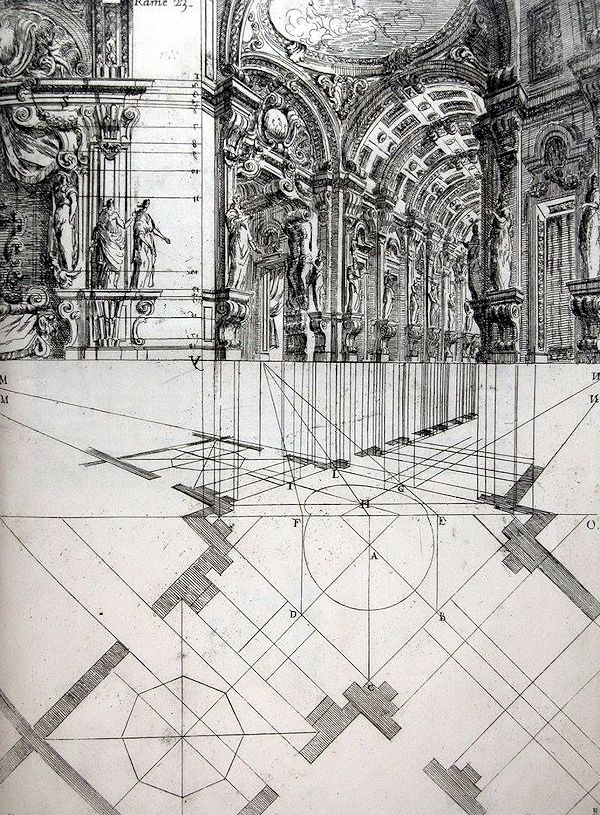piranesi |
1955 |
une architecture à la fois impossible et réelle
|
Any period of extraordinary excitement will easily become a heyday for architectural fantasies. Just as the ecstasy of the early Renaissance was visualized by Filarete, and that of the High Baroque by the Bibbiena, so was the unrest of the eighteenth century visualized by Giovanni-Battista Piranesi. He had the same classical scene before him as those earlier architects. All started from similar models, but each took a different direction. What makes an artist is the way he transforms what he sees and experiences; architectural fantasies reveal the real trends of an era. Piranesi's etchings display, according to the masterly formulation of Henri Focillon, une architecture à la fois impossible et réelle242
Focillon, however, does not seem to be right in asserting that Piranesi did not belong to his era--ce génie visionnaire, qui n'appartient pas à son temps--or in saying with still greater emphasis:
|
|
|
|
|
|
|
|
|
|
|
Quondam © 2021.08.16 |
